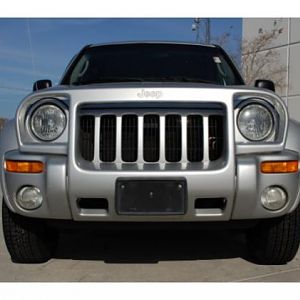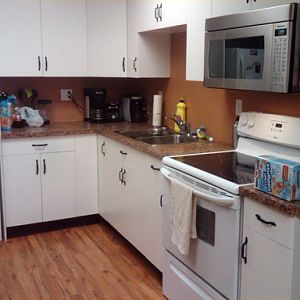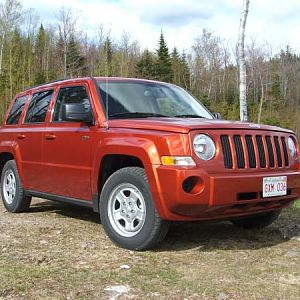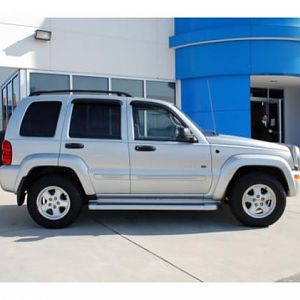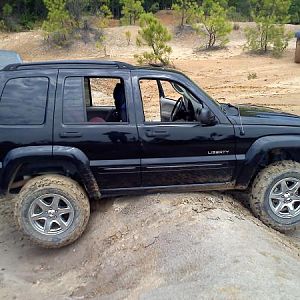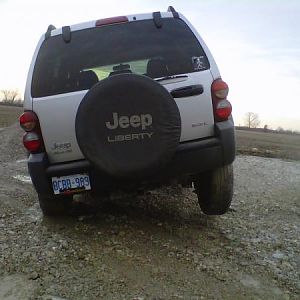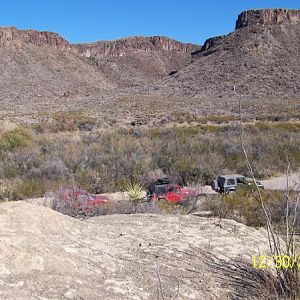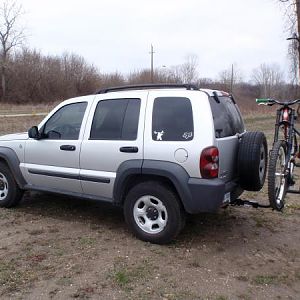So I had my radiator replaced last year and since then the heater core has clogged a few times. Clearly the guy doing the radiator did not flush the system fully or correctly. No problem, pull the hoses, backflush and we have heat.
This year however I again had very little heat the other day, flushed it, felt like good heat but that was with outside temps of 50. Driving over the weekend in temps around 34 it was barely comfortable in the Jeep so I of course assume it just clogged back up.
So I'm flushing again today and nothing came out. I captured all the rinse and there was simply nothing there. Flow appeared good. Should mention prior to that I used a laser temp gun on the hoses and they both came in around 180 if I remember correctly, at the very least there was a marginal difference between them.
So my question is how is the heater core designed? If the core is actually clogged will the water back flushing the system bypass the core and just run along the top like a radiator will? Is the design the same as a radiator or is the Liberty core a solid tube with fins? If I have a good flow going both directions is this proof the core is not clogged or could it be clogged and the water is just bypassing the general core?
This year however I again had very little heat the other day, flushed it, felt like good heat but that was with outside temps of 50. Driving over the weekend in temps around 34 it was barely comfortable in the Jeep so I of course assume it just clogged back up.
So I'm flushing again today and nothing came out. I captured all the rinse and there was simply nothing there. Flow appeared good. Should mention prior to that I used a laser temp gun on the hoses and they both came in around 180 if I remember correctly, at the very least there was a marginal difference between them.
So my question is how is the heater core designed? If the core is actually clogged will the water back flushing the system bypass the core and just run along the top like a radiator will? Is the design the same as a radiator or is the Liberty core a solid tube with fins? If I have a good flow going both directions is this proof the core is not clogged or could it be clogged and the water is just bypassing the general core?


